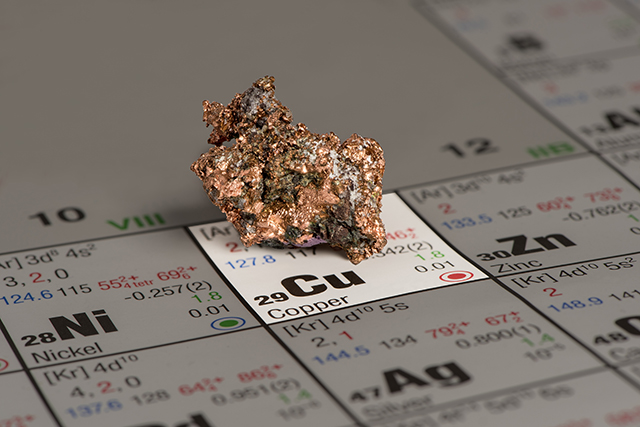
Some studies have shown that drinking wine, especially the red variety, is linked with lower death rate due to heart disease. Large-scale studies first reported the relationship between alcohol consumption and lower rates of ischemic heart disease (IHD) occurrence and associated deaths in the 1970s. Since then, research on the health benefits of wine grew. Moreover, “the French paradox” was coined after scientists Serge Renaud and Michel de Lorgeril found that red wine drinkers had a lower risk of IHD-associated death, despite consuming high-saturated fat diet. Red wine contains polyphenols which have been widely studied for their antioxidant and anti-inflammatory properties. Alcohol and polyphenols help increase HDL-cholesterol or good cholesterol and help lower LDL-oxidation or bad cholesterol. They increase insulin sensitivity and improve blood pressure. Apart from red wine consumption, other factors such as drinking patterns, lifestyle characteristics, and diet are all important in obtaining a healthy cardiovascular health. (Related: Red wine contains properties that can reduce blood pressure, study finds.)
Recommended alcohol intake
The recommended alcohol consumption varies depending on which authority you follow, but most of them suggest consuming no more than two drinks of alcohol a day.
The World Health Organization (WHO) suggests less than or equal to two drinks a day with at least two non-drinking days within the week. One standard drink by the WHO is equivalent to 10 g of pure ethanol.

The American Heart Association (AHA) recommends no more than two drinks per day for men and one drink a day for women. One standard drink by the AHA is equal to 12 oz. of beer, four oz. of wine, 1.5 oz. of 80-proof spirits, or one oz. of 100-proof spirits.
The Department of Agriculture of the U.S. suggests in their Dietary Guidelines for Americans 2015 – 2020 that alcohol should be consumed moderately with two standard drinks for men and one for women. A standard drink equates to 14 g of pure ethanol.
Lastly, the Canadian Centre for Addiction and Mental Health guidelines suggests low-risk alcohol consumption of not more than three drinks a day for men and two for women. A drink is equal to 12 oz. of five percent of beer, five oz. of 12 percent wine, and 1.5 oz. of 40 percent spirits.
Drinking too much or binge-drinking can affect the body negatively. Alcohol disrupts the communication paths of the brain, thus affecting the brain functions. These interruptions can cause mood or behavioral changes, along with difficulties in thinking clearly and moving with coordination. Heavy drinking can also damage the heart and cause problems such as cardiomyopathy, atrial fibrillation, stroke, and high blood pressure. Moreover, it can cause liver damage which can result to such ailments as fatty liver, alcoholic hepatitis, fibrosis, and cirrhosis. Toxic substances are produced by the pancreas because of excessive alcohol drinking, which may result to pancreatitis. Drinking excessively can also weaken the immune system and increase the risk of developing cancers such as cancers of the mouth, esophagus, throat, liver, and breast.
Mixed findings
The experts observed that low-to-moderate consumption of alcohol can be healthy based on observational data; yet when mathematical models were used to examine the causation, the findings have been inconsistent. Some research have discovered that light-to-moderate consumption is beneficial, while others found that long-term alcohol intake is detrimental to the heart.
“And as all the guidelines say, one or two glasses of red wine tonight will be just fine,” the experts concluded.
Sources include:
Please contact us for more information.






















